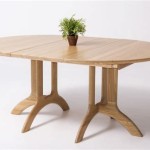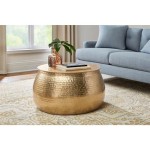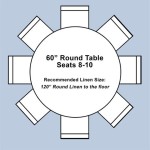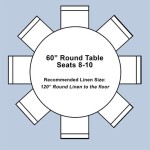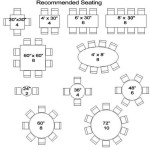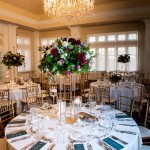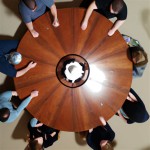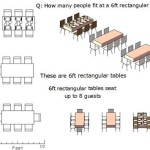How to Make a Backdrop with Plastic Tablecloths
Plastic tablecloths are a versatile and affordable material that can be transformed into eye-catching backdrops for various events and occasions. Whether you're planning a birthday party, a wedding, a photo shoot, or a festive celebration, a DIY backdrop made from plastic tablecloths offers a creative and cost-effective solution. This article will guide you through the process of creating a stunning backdrop using plastic tablecloths, covering essential materials, step-by-step instructions, and design tips for a remarkable visual impact.
Materials and Tools
Before embarking on your backdrop creation, gather the necessary materials and tools to ensure a smooth and successful process. You'll need:
- Plastic tablecloths in desired colors and patterns
- Scissors
- Tape measure
- Staple gun or tacks
- Backdrop stand or sturdy frame
- Optional: Fabric glue, hot glue gun, decorative elements (ribbons, flowers, etc.)
Step-by-Step Instructions
Follow these steps to create a captivating backdrop from plastic tablecloths:
1. Determine the Size and Shape
The first step is to decide on the dimensions and shape of your backdrop. Consider the space available and the event's theme. Measure the width and height of the area where the backdrop will be placed. You can create a rectangular, curved, or even a custom-shaped backdrop based on your preferences.
2. Cut and Assemble the Tablecloths
Once you have the desired size and shape, start cutting the plastic tablecloths. For a rectangular backdrop, simply cut the tablecloths to the required width and height. If you're aiming for a more intricate design, cut the tablecloths into sections and arrange them in a pattern. Use scissors to make clean and precise cuts, ensuring a professional finish.
3. Secure the Tablecloths to the Backdrop Stand
To secure the tablecloths, you can use a staple gun or tacks to attach them to a backdrop stand or frame. Make sure the stand is sturdy enough to support the weight of the plastic tablecloths. If using a staple gun, work carefully to avoid tearing the plastic. Secure the tablecloth edges to the stand, ensuring a smooth and taut surface.
4. Add Decorative Elements (Optional)
To enhance the visual appeal of your backdrop, consider adding decorative elements. You can use fabric glue or a hot glue gun to attach ribbons, flowers, balloons, or other embellishments. Be creative and experiment with different textures and colors to achieve a unique and personalized backdrop.
Design Tips for a Stunning Backdrop
To create a truly captivating backdrop, consider these design tips:
1. Color and Pattern Coordination
Select plastic tablecloths in colors and patterns that complement the event's theme. For a cohesive look, choose colors that match the decorations and attire of guests. Consider using a single color or a combination of complementary colors to create a visually pleasing effect.
2. Layering and Texturing
To add depth and dimension, layer different plastic tablecloths to create a textured effect. Combine solid colors with patterned tablecloths to achieve a dynamic and interesting visual. You can also experiment with different finishes, such as glossy, matte, or iridescent, for a unique look.
3. Lighting and Placement
Proper lighting can transform your backdrop from ordinary to extraordinary. Use appropriate lighting to illuminate the backdrop and highlight its features. If using artificial lighting, ensure it's positioned strategically to avoid casting harsh shadows. Consider the backdrop's placement in relation to the background and the audience.

Diy Pinata Fringe Photo Backdrop A Kailo Chic Life

Diy Party Background For 5 Or Less

Diy Pinata Fringe Photo Backdrop A Kailo Chic Life

Easy Diy Fringe Backdrop A Step By Tutorial

Diy Party Background For 5 Or Less

Photo Booth Backdrop Makoodle

How To Make An Easy Party Backdrop Des And Sses

Diy Photo Backdrop Simply Designing With Ashley

The Easiest Diy Fringe Tablecloth Party Backdrop Ever

Back Drop Using Curtain Rods And Plastic Table Cloths I Taped The To Make A Curta Tablecloth Backdrop Cover
Related Posts

